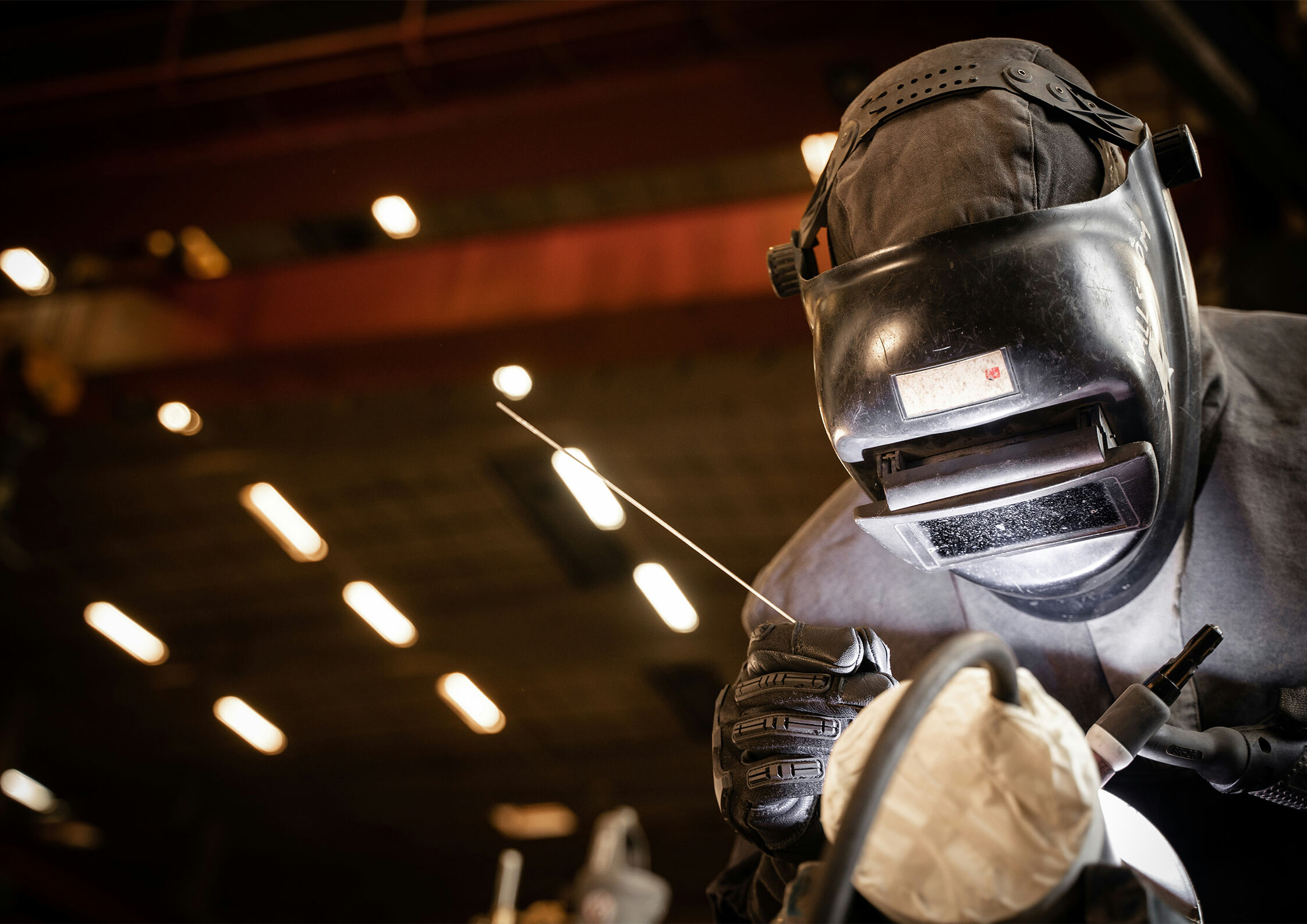MIG& MAG welding are one of the most used of all welding processes that are known as gas-shielded metal arc welding (GMAW) to use a protective gas shield.
MIG and MAG welding are two different welding processes.
- MIG welding stands for metal inert gas welding to use inert – i.e., non-reactive – shielding gases such as argon, helium, or a mix of the two.
- MAG welding stands for metal active gas welding, where the active shielding gases such as carbon dioxide (CO2) or oxygen (O2) are added to the carrier gas argon during MAG process. It is also possible to use pure CO2 as a shielding gas for the weld pool.
MIG & MAG Advantages:
-
Highly Versatile: MIG & MAG welding can be used for numerous metal alloys such as non-ferrous metals, stainless steel, carbon steel, alloy steel, heat resistant steel etc. There are a good range of filler electrode material to be easily purchased in the market, which further increase the range of welds.
-
Efficiency: MIG & MAG welding offers a one-handed operation making it easy to control and handle which ease of handling helps in completing the jobs more quickly, easily and effectively. Due to the welding wire feeding system of MIG/MAG equipment, it saves time to change the electrodes then to obtain high welding speed and production efficiency.
-
Small Welding Deformation: Thanks to low heat output and fast welding speed during MIG/MAG welding process, it can result in small welding deformation.
-
Easy to Clean: The MIG/MAG welding process involves the use of a shielding gas during the welding process. It protects the arc and minimizes the slag and spatter produced.
-
Low cost: Without tungsten electrode the cost is lower than TIG welding.
At Atlas Metal MIG & MAG welding generally are used to high volume parts welding production, which can weld a wide range of workpiece with the thickness from thin metal sheet (under 1mm) to supper thick steel plate (more than 60mm) by means of a proper welding bevel structures and welding procedures design.
